Zenitsu Agatsuma stands out in ‘Demon Slayer: Kimetsu no Yaiba’ for a fighting style that looks simple on the surface but relies on precise mechanics, disciplined training, and unusually sharp senses. His story is also tightly connected to the Thunder Breathing lineage, which shapes everything from his techniques to his role in major battles across the series.
Beyond the flashy dashes and crackling imagery, Zenitsu’s abilities are built on measurable skills: acceleration, footwork, timing, auditory perception, and strategic energy management. The points below break down those specifics—how his techniques work, where he learned them, and where they show up in the anime and manga—so you can see exactly what he contributes to the Demon Slayer Corps.
Thunder Breathing: First Form—Thunderclap and Flash
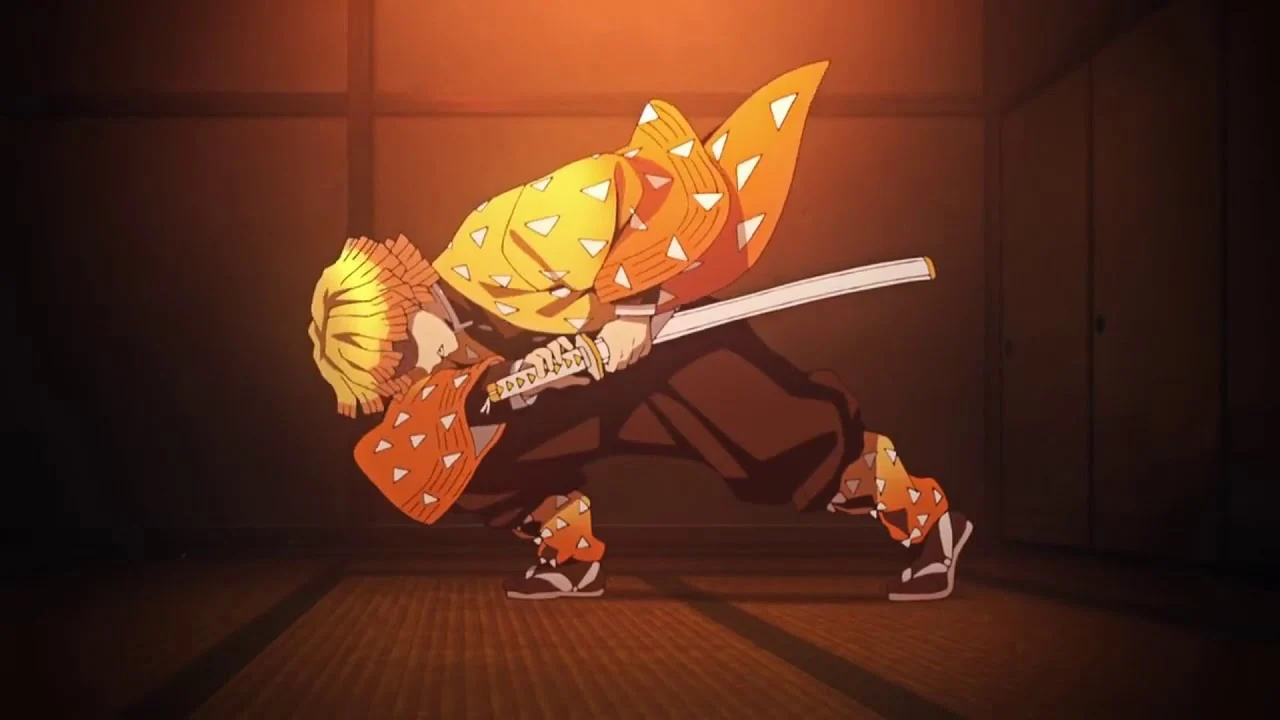 ufotable
ufotableThunder Breathing centers on explosive leg-driven acceleration, and Zenitsu specializes in its First Form, Thunderclap and Flash. The move channels power through the calves and thighs to generate a straight-line burst from a near standstill, enabling close-quarters engagement before an opponent can react. The form is practiced as a repeatable dash-slash that favors minimal telegraphing and a short time-to-impact.
Zenitsu refines the First Form into multi-step variants—Six-Fold, Eight-Fold, and more—linking consecutive dashes without losing speed. These chained bursts depend on breath pacing and stance resets between micro-sprints, letting him cross distance, redirect mid-sequence, and maintain cutting power across multiple strikes or targets.
Heightened Hearing and Sound-Based Perception
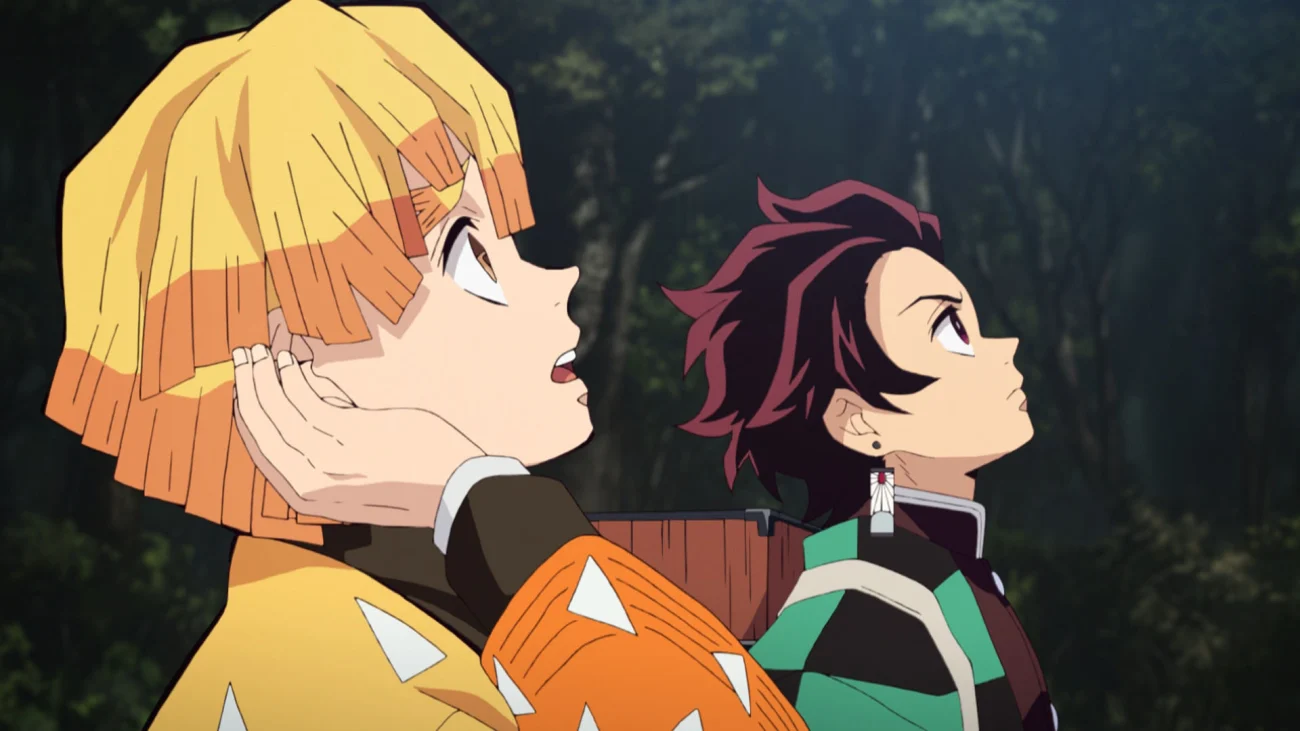 ufotable
ufotableZenitsu’s hearing is sensitive enough to map surroundings and distinguish subtle differences in movement, breathing, and footing. This lets him locate demons through walls and at range, even when visual contact is blocked. He can also flag irregular rhythms—like disrupted steps or strained breathing—that often precede an attack or feint.
This auditory acuity doubles as an identification tool. Zenitsu reads individual “sound signatures” to recognize people and assess intent, which helps him separate civilians from threats in low-visibility environments. The skill supports tracking, early warning, and coordination with teammates who rely more on sight.
Unconscious Combat State Under Extreme Stress
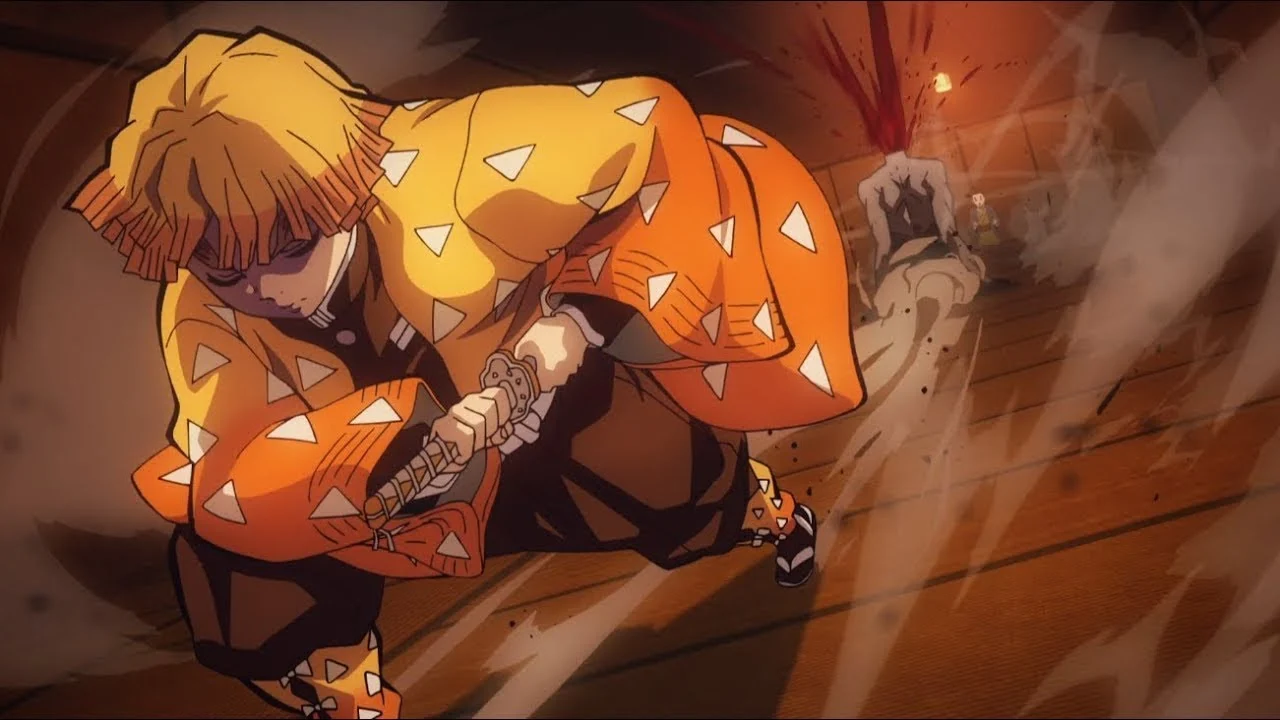 ufotable
ufotableWhen fear or exhaustion overwhelms him, Zenitsu slips into a sleep-like state where his training runs on automatic. In this mode he executes Thunderclap and Flash with clean form, stable breath control, and fast decision-making, even without active awareness. The shift removes hesitation that would otherwise slow his reactions.
Operationally, this state ensures performance continuity during surprise encounters or when he’s near collapse. Because the moves are ingrained to reflex level, he can maintain tempo and precision until external conditions change—such as an opening appearing, backup arriving, or the target disengaging.
Training Under Jigoro Kuwajima and the Thunder Hashira Legacy
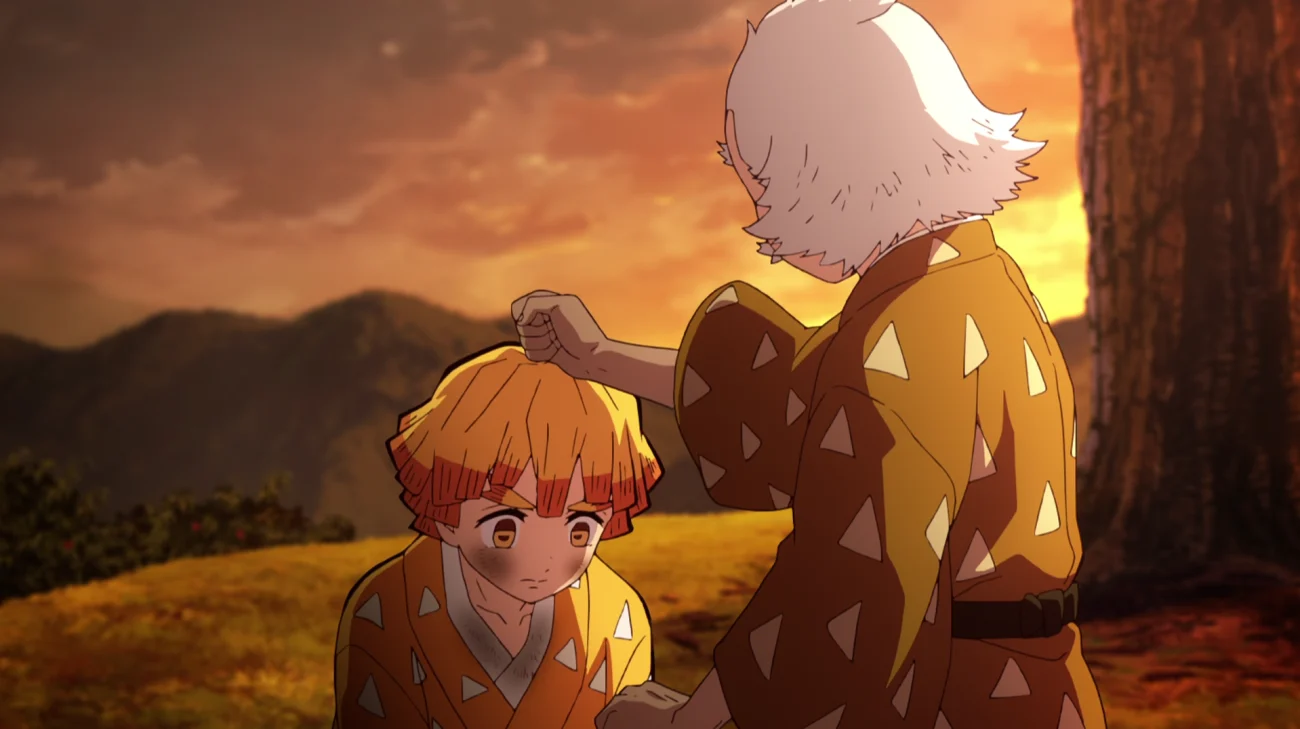 ufotable
ufotableZenitsu trained under Jigoro Kuwajima, the former Thunder Hashira, who emphasized mastery of fundamentals over collecting forms. That curriculum focused Zenitsu on the First Form’s core mechanics—stance, foot alignment, explosive drive, and recovery—so he could apply them reliably under pressure. The approach mirrors Thunder Breathing’s ethos: one perfected path to speed.
Kuwajima’s tutelage also connects Zenitsu to the broader Thunder lineage. His fellow student Kaigaku later defects and rises as Upper Rank Six, creating a direct lineage conflict. This background explains both Zenitsu’s insistence on technical purity and the later need to innovate within Thunder Breathing to address threats that share its roots.
Creation of Thunder Breathing, Seventh Form: Honoikazuchi no Kami
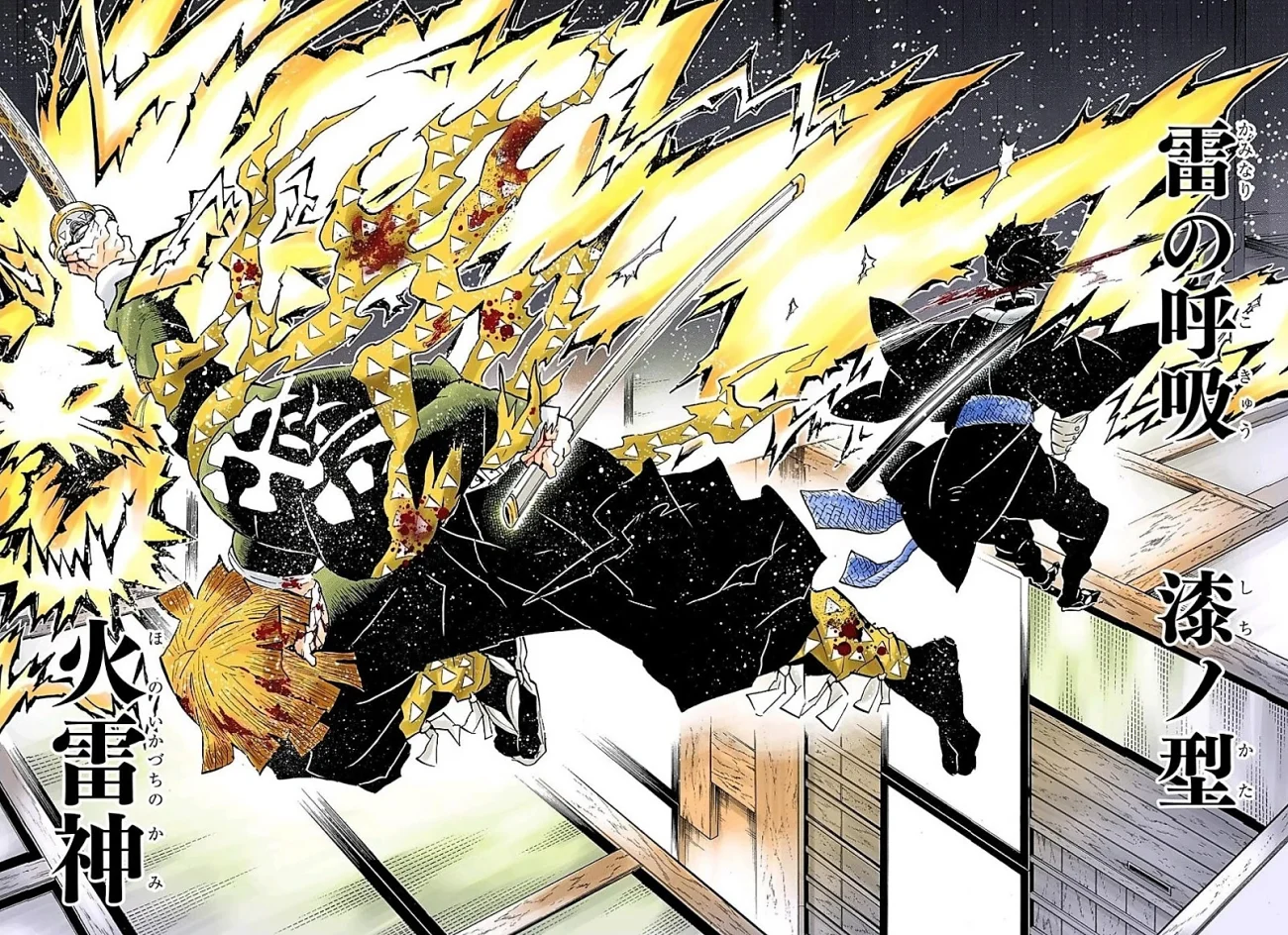 Shueisha
ShueishaZenitsu develops a new Thunder Breathing expression—the Seventh Form: Honoikazuchi no Kami—to answer gaps left by existing forms. The technique extends the First Form’s straight-line burst with advanced angle control and sustained cutting pressure through the target. It represents personal innovation built on the same leg-driven acceleration that defines his style.
He unveils the Seventh Form in a decisive confrontation tied to his training lineage. By adding this form, Zenitsu demonstrates that Thunder Breathing can evolve through practitioner-level insight, not only through inherited kata. The result is a move set tailored to his strengths that also addresses enemy patterns he could not reliably close out beforehand.
Kasugai Sparrow Chuntaro Instead of a Crow
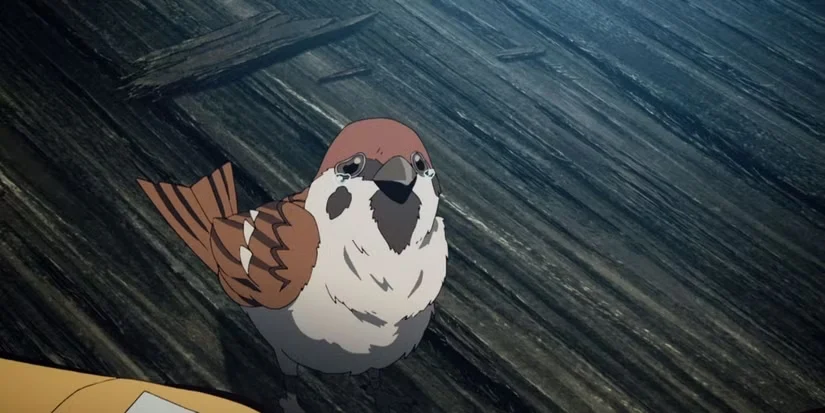 ufotable
ufotableUnlike most Demon Slayers who receive Kasugai crows for communication, Zenitsu is paired with a Kasugai sparrow named Chuntaro. The sparrow still carries mission details and relays information between headquarters and field teams. Because of its smaller size and flight profile, it can approach tight urban spaces and enclosed terrain more discreetly.
In practice, the sparrow’s presence changes how messages get delivered to Zenitsu. He relies on short, repeated cues and context to interpret mission updates, and he coordinates with teammates who can cross-check instructions if needed. The arrangement works within Corps protocols while giving Zenitsu a distinctive field companion.
Yellow Nichirin Blade and Equipment Details
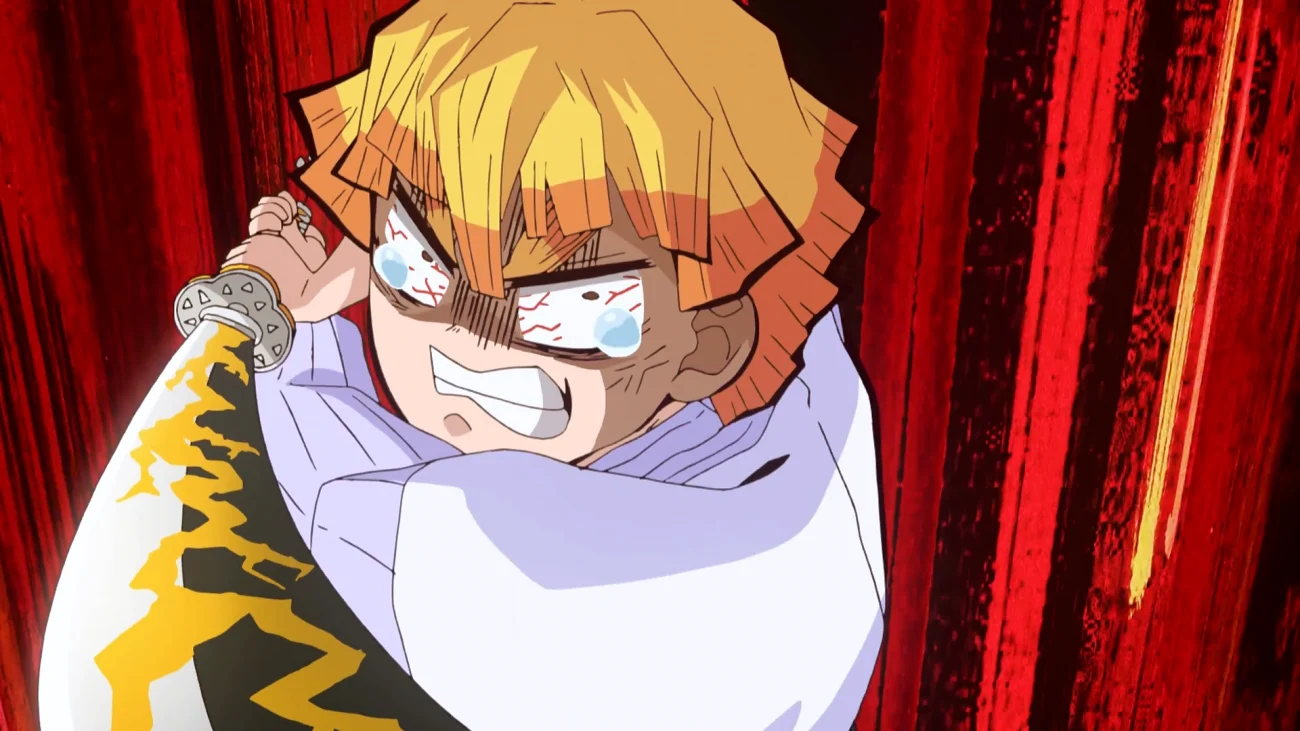 ufotable
ufotableZenitsu’s Nichirin sword takes on a yellow hue associated with Thunder Breathing once it bonds to him. The blade features a jagged lightning-like motif along its length, visually tying his weapon to the style’s speed-centric identity. His tsuba (guard) follows the theme with a stylized, lightning-crest silhouette that offers knuckle coverage without adding weight.
His uniform configuration supports rapid lower-body movement: lightweight fabric, flexible footwear for grip, and a haori pattern that doesn’t impede stride length. These equipment choices align with his reliance on acceleration and directional changes, minimizing friction and snag points during chained dashes.
Counter-Poison Tactics at Mount Natagumo
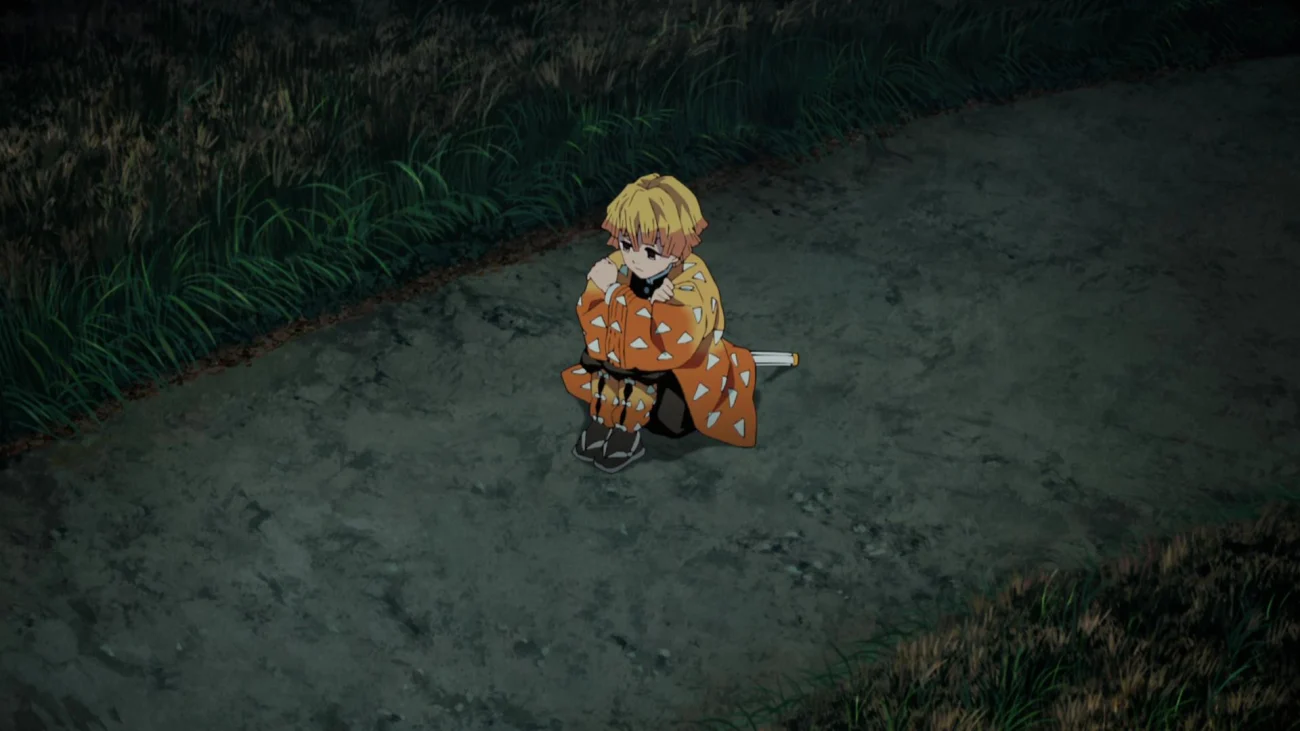 ufotable
ufotableDuring the Mount Natagumo incident, Zenitsu is poisoned by a spider-type demon and responds by managing his heart rate and blood flow to slow the venom’s spread. He uses controlled breathing and limited exertion to extend his window for counteraction until treatment becomes available from supporting personnel. This sequence shows practical self-stabilization techniques in the face of systemic poisoning.
The episode also shows how he applies Thunderclap and Flash under physiological stress. By pacing effort and choosing short, decisive bursts, he avoids pushing the toxin faster through his system, balancing offense with self-preservation until the situation is contained.
Performance in the Tsuzumi Mansion Battle
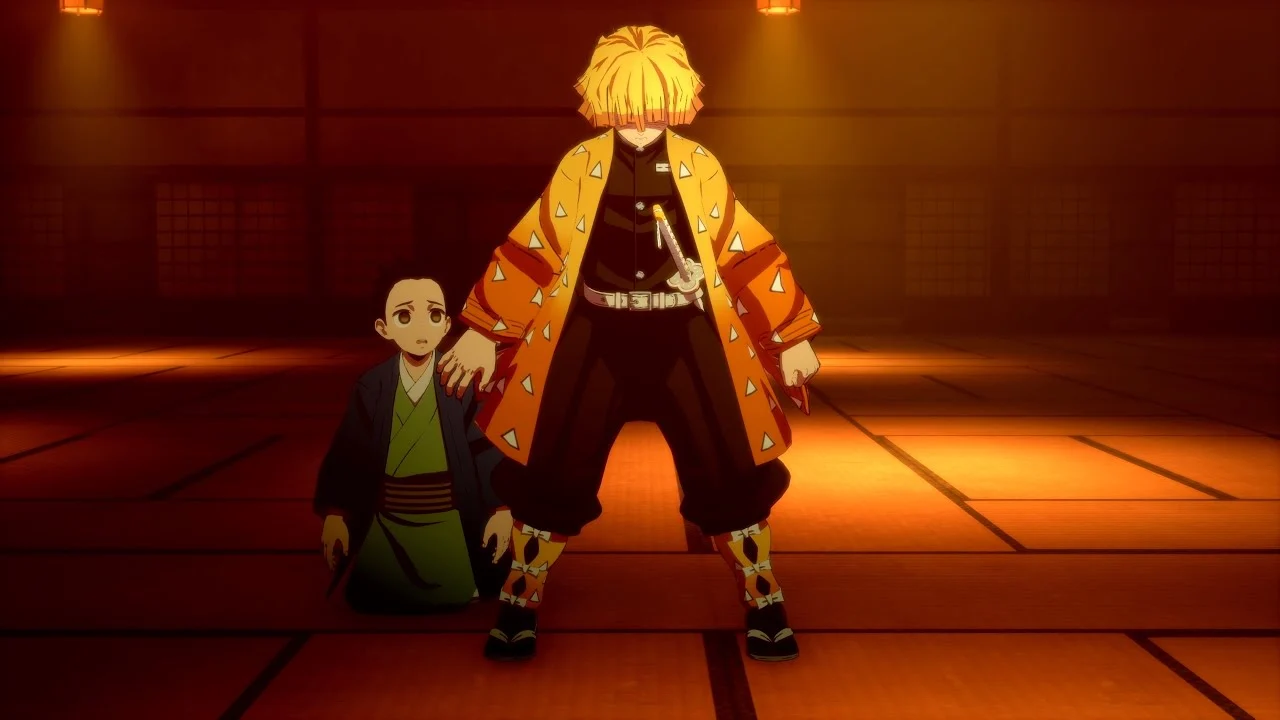 ufotable
ufotableAt the Tsuzumi Mansion, Zenitsu protects a civilian while engaging the Tongue Demon in confined spaces. He manages angles and distance so that Thunderclap and Flash can run in straight segments down hallways, reducing collision risk and maximizing burst distance. The setting highlights his ability to adapt line-of-attack to architecture.
His use of hearing is central in this fight: he tracks movements through walls and anticipates entries and exits, letting him time a clean initiation for the finishing dash. The engagement demonstrates how his sensory mapping and single-form specialization combine to produce a controlled, low-exposure takedown.
Contributions in the ‘Mugen Train’ and ‘Entertainment District’ Arcs
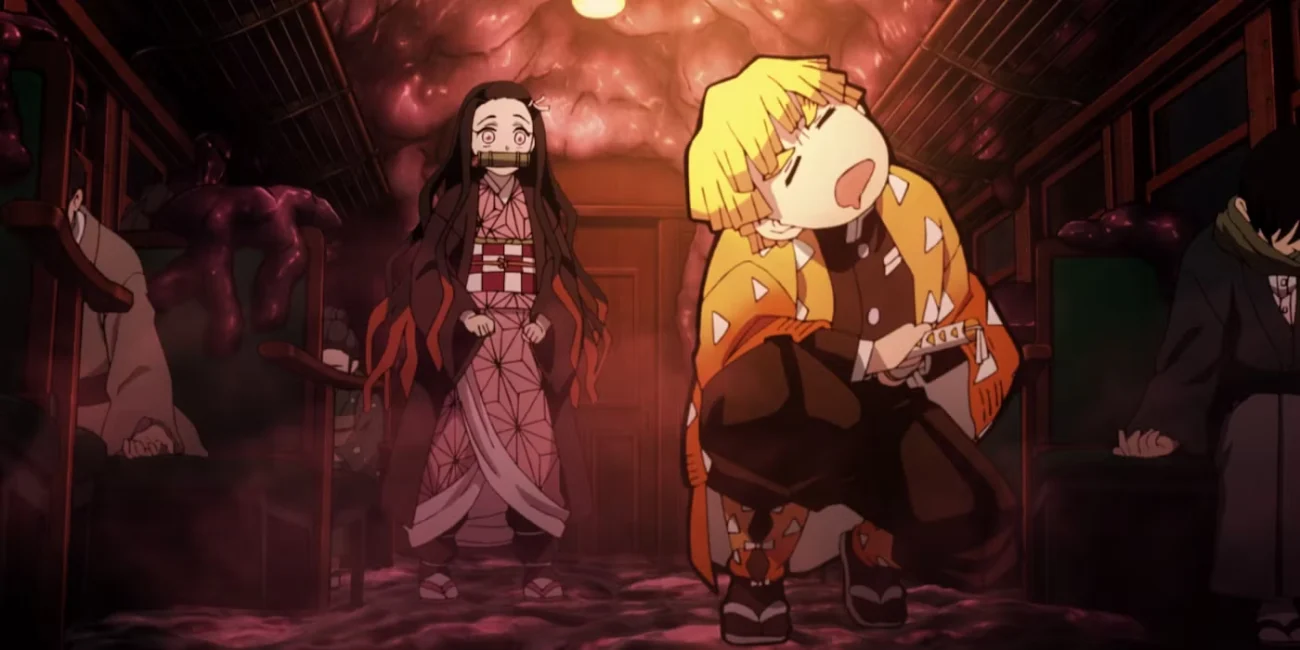 ufotable
ufotableOn the ‘Mugen Train’ arc, Zenitsu secures passenger cars and protects civilians while teammates engage the core threat. He patrols narrow corridors where Thunderclap and Flash can still be executed in short lines, using hearing to monitor multiple cars simultaneously. This division of labor keeps non-combatants safe while the primary fight unfolds elsewhere.
In the ‘Entertainment District’ arc, Zenitsu supports the main offensive against an Upper Rank by using high-speed variants, including Godspeed, to target critical openings during rapid exchanges. He coordinates timings with allies to split attention and force defensive gaps, applying his burst-first toolset to complement broader strategies in a crowded, multi-level urban theater.
Share your favorite Zenitsu moments in the comments so everyone can compare notes on the techniques and battles that stood out to you!

.jpeg)






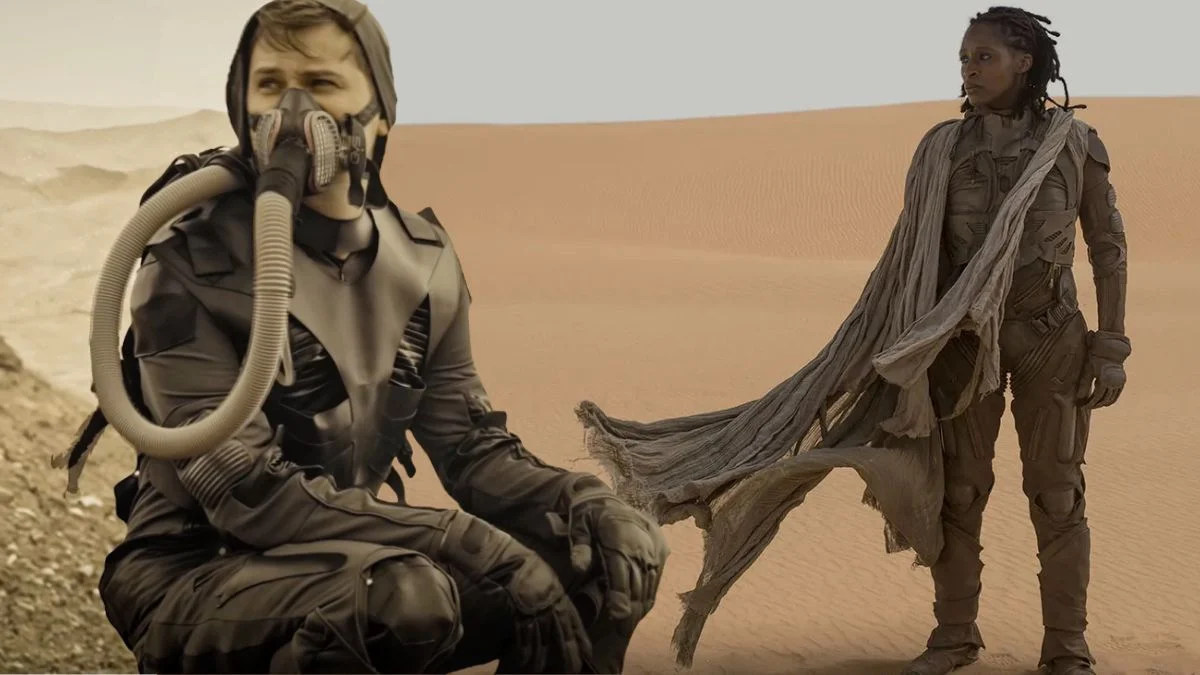


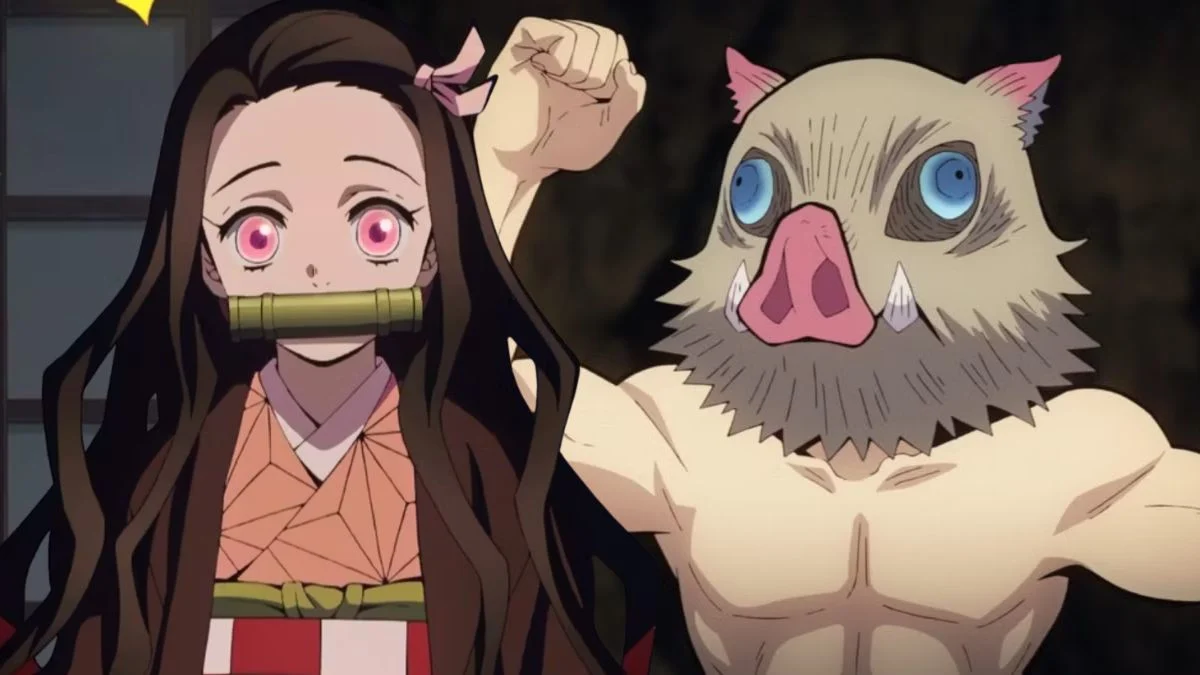


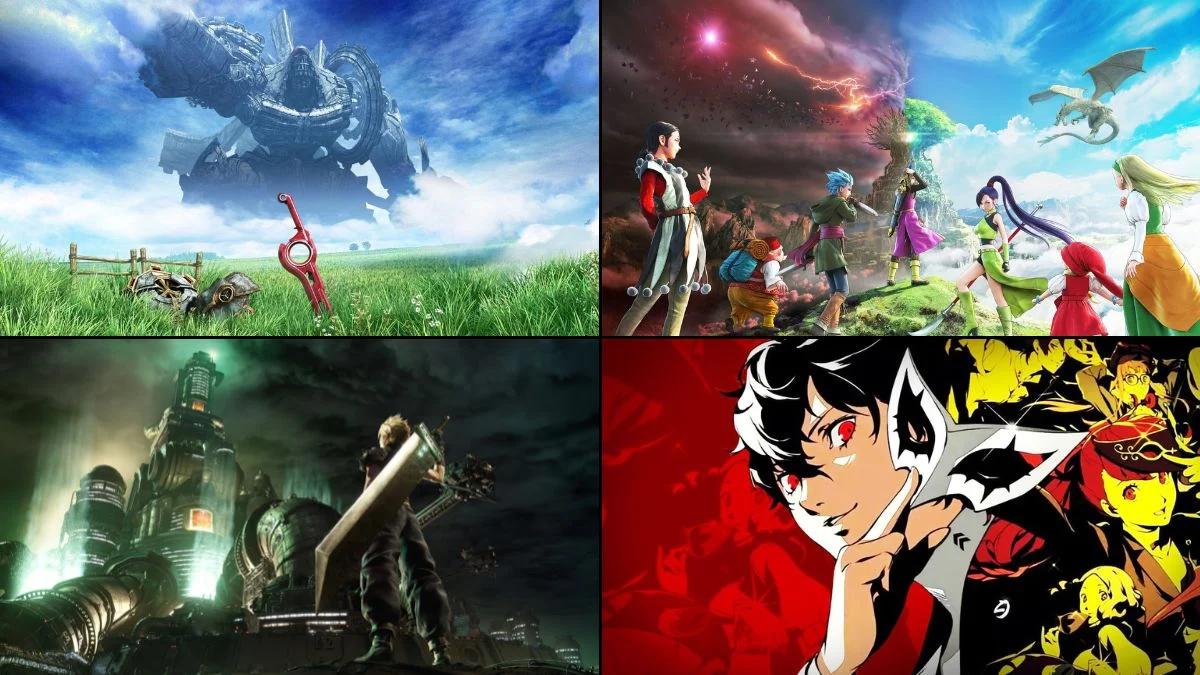



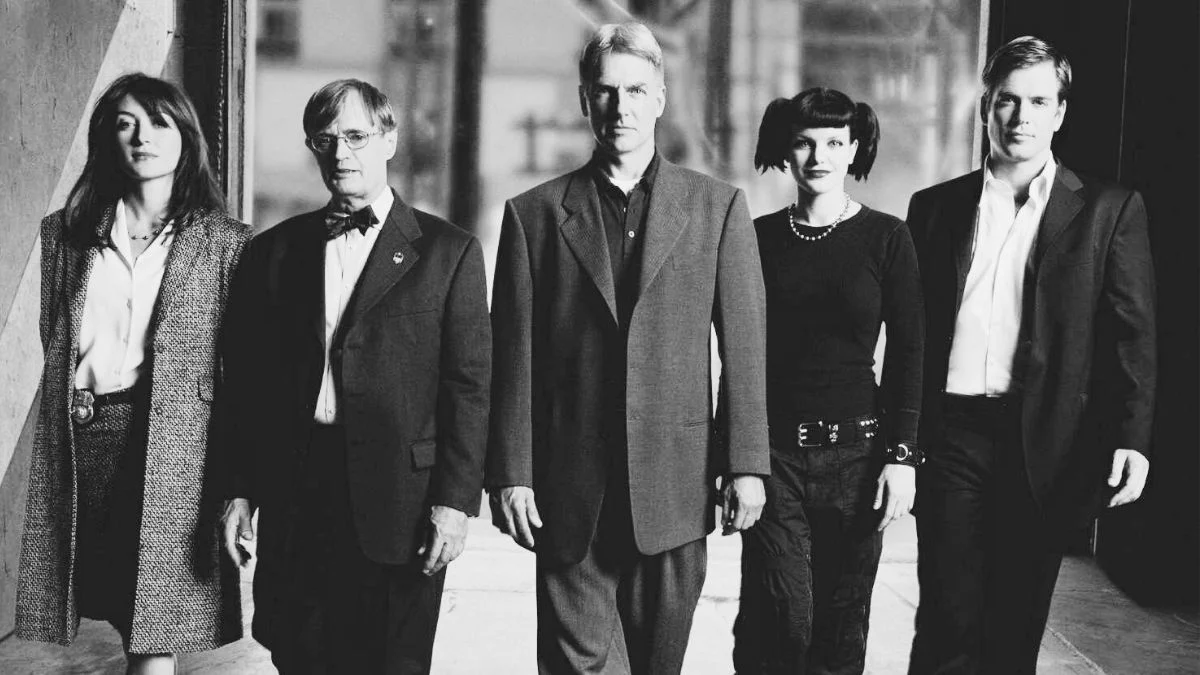
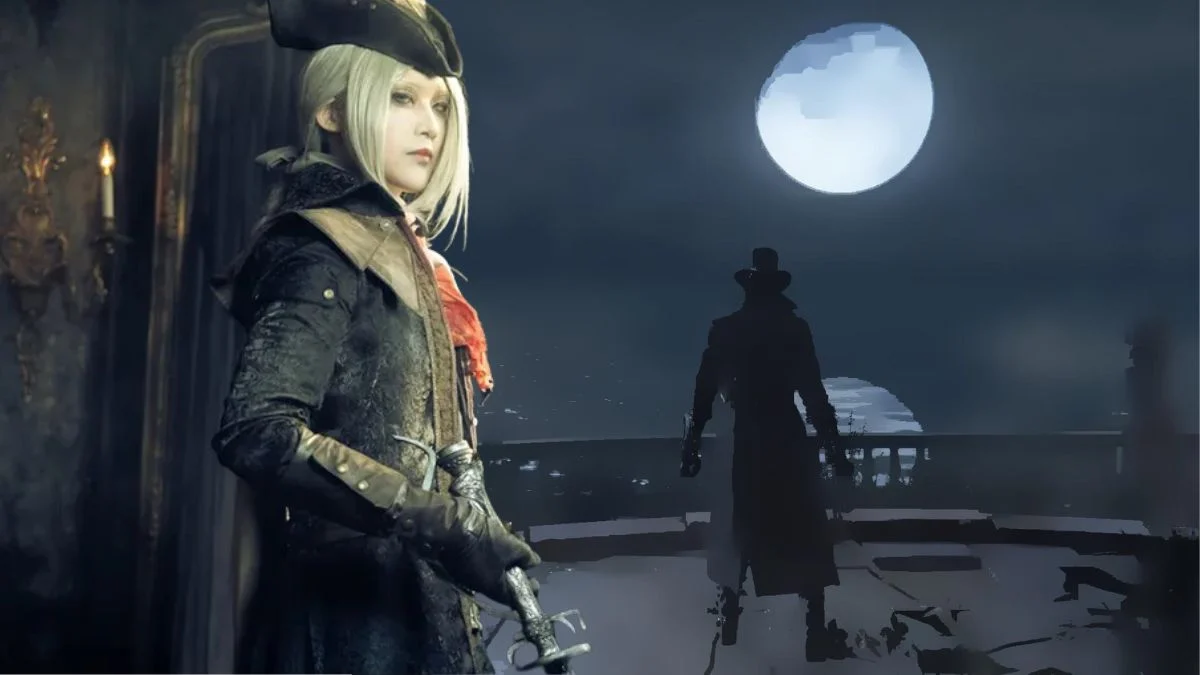




.jpeg)













 English (US) ·
English (US) ·